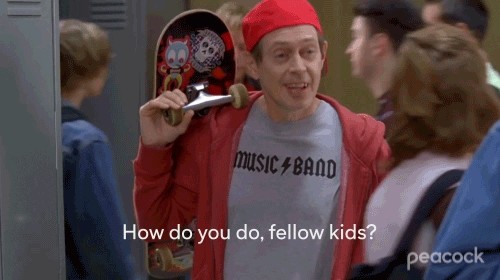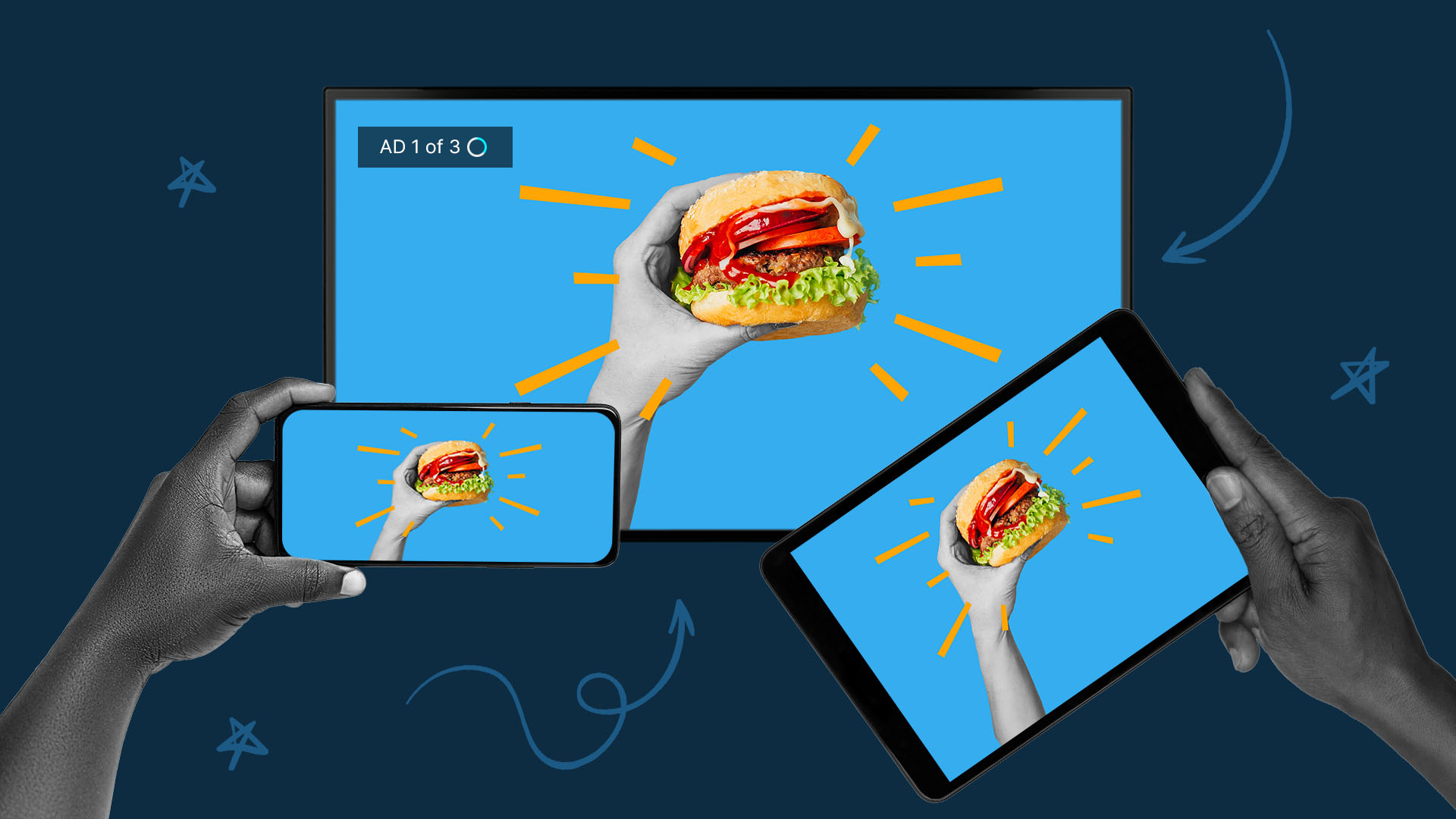Brands Don’t Let Brands Make Cringey Content

You thought you were being so cool with your ad creative.
I mean, how could you lose throwing your latest ad on the back of a trending bandwagon, right? After all, the Millennial and Zoomers on your team left you a memo saying it was so hot right now.
But that memo fell through the cracks, and what you thought was the hottest new trend of last week was actually last year and now social media is doing what it does best and dragging your sea shanty ad into an early digital grave.
Even if you’re earnestly attempting to connect with your audience, if the content feels past its prime, consumers will easily view your brand as woefully out of touch with their interests.
When this happens, we like to call it a “Fellow Kids” moment. Coined from the wickedly popular meme “How Do You Do, Fellow Kids?” featuring actor Steve Buscemi, decked out in teen fashion as he approaches a group of actual teenagers. The joke is that, despite his (questionably) best efforts to blend in with a crowd of millennial cool kids, it’s painfully obvious he’s a Boomer in a poorly thought out disguise.

The internet loves this meme because it’s the perfect piece of satire to deploy when a business tries a little too hard to connect with their target audience on social media, whether it’s incorrectly using new slang (editor’s note: this is a “no cap” free zone, people) or engaging with a viral trend months after it’s lost its potency.
Sure, you just discovered sea shanties and are as excited about them as we were, you know, 12 months ago. But if you don’t know that this isn’t a new thing, then how will you know what trends you should be leveraging in your creative strategy today?
In order to help you avoid the “Fellow Kids” trap and get you up to speed on the viral trends pushing the needle in adland today, watch Dissecting the Dailies: A Maker Marketplace of Q1/Q2 Ad Trends a webinar with eMarketer and QuickFrame’s Morgan Bailey, VP of Product and Performance. She digs into the creative trends we’ve seen most used across the industry in 2022 (so far.) Watch the on-demand webinar today!
Originally I wanted to give you a preview of a few things Morgan explors at the webinar–who doesn’t love a quality sneak peek–but there is an important commonality between these emerging trends that deserves a pre-show deep dive: authenticity.
Certificate of (Ad) Authenticity
If the Fellow Kids trap doesn’t get you, cringey content will rear its ugly head when you try to force authenticity in your ads. But being authentic–by its very literal definition–isn’t something that can be manufactured or reverse engineered.
If you don’t understand why your audience holds certain values, your content will come across as superficial–full stop. And as consumers become more likely to spend money on brands with messages that align to their own values–like equity and sustainability–it’s more important than ever to produce authentic video creative that speaks to them on a personal level, without your message feeling like a brazen sales tactic they’ll see through like cellophane.
The first step is one I just mentioned: understanding what your audience craves. Now more than ever that translates to empathetic content focused on the issues that matter the most to them. You know your user persona better than anyone, so research what your target audience values, and the language they use to express those values. This can then become your starting point to devising a script with an authentic voice.
As a brand, you should also seek out where your purpose and values align with your audience. If you are just using consumer’s values and language simply as a sales tool, your audience will smell the inauthenticity of your message from a mile away. You must show through your video creative that you actually have shared values–and you aren’t just using them to boost your bottom line.
Authenticity in Action
Take for instance recruitment video content, made with QuickFrame, for the self-driving car service brand, Cruise. To show they prioritize diversity, equity, and inclusion, Cruise produced a video illustrating their commitment to these values through their internship program.
Cruise understood their audience wants to support a company that supports the next generation of professionals. By laying that messaging on the line in the ad, their audience is more likely to see them as a progressive brand that prioritizes equity and inclusion for all.
Alright, now that you know about this commonality, are you ready to see how it links to the trends making impacts in the ad industry? Join Morgan on-demand as she shows you how these puzzle pieces fit together. Watch the replay now!
Do More with Video
Learn how we can help you produce more quality videos affordably and at scale.


